Cultural appropriation or appreciation?
Halloween costume is canceled by OHS staff
Blake Lopez in the sombrero and poncho of his Halloween costume.
On October 31, OHS student junior Blake Lopez was asked to remove his Halloween costume for “cultural appropriation.”
“I was wearing a poncho and a big sombrero,” Lopez states, describing his costume. “A bunch of the counselors thought I was mocking and being racist to the culture, and even after I told them that I was Mexican they proceeded to […] tell me that it was mocking and [it was] cultural appropriation of my culture.”
Lopez describes the intent behind his costume: “I just thought it was cool […] I’d never really seen anyone dress up […] as their own culture.” In talking about his upbringing Lopez adds, “My mom, she really pushed my dad to include the culture into a lot of my life.”
According to Lopez, the general reception for his costume was positive.“Through [lunch] time […] people were taking pictures of me, they thought that it was, like, really cool what I was doing. Not, like, comments about like oh that’s mean or oh that’s racist. […] people thought it was cool.” Lopez states, summing up the reaction of students and staff.
Principal Matt Grant and Assistant Principal Liz Cornelius were unable to disclose details about their interactions with Blake Lopez.
Regarding Halloween costumes, Cornelius states, “We have a lot of kiddos dressed as different things, and […] if there were to be a student who is dressed in a satirical way, […] it’s obviously not meant to be serious, it’s meant to be kind of over the top and make a statement, […] [and] its related to, like, someone’s religion or their sexuality or their culture, then we want to talk to that kiddo. […] That would be the basis of if we see something over the top that could potentially cause harm for a group of students.”
When asked about a school policy, Cornelius says that there isn’t a set policy purely because one size does not fit all. However “if there were to be a policy it would be […] notice and then ask for more information.” She also speaks to her personal policy, “That’s my line…if this could hurt other kids, I don’t want this to happen.”
Grant states “a lot of times it’s really investigating a little bit, and sometimes it’s actually saying how are people receiving it? […] Sometimes you have to judge by the impact it’s having on people more than the intentions.”
“Time, place, and manner,” says Grant, “is this the appropriate time, is it the appropriate place, and in the manner in which you’re doing it, is that appropriate?”
Grant says he first tries to come to an understanding with the student, but if an agreement can’t be reached, then he has to resort to policy. When pressed for which policies, he said cases of cultural appropriation would usually fall under hostile environment regulations.
Both members of the OHS administration said that their main priority was minimizing the harm to other students. Lopez reports an overall positive or neutral reception from the students and staff around him, yet still was required to remove his costume. “It was annoying that they made me take off my stuff, even after I explained to them that it was just my stuff.”
“I’ve been thinking about […] Monday, and there will be more Halloweens, and there will be more Spirit days, and I want to be able to move forward thoughtfully. When we know better we do better, and that’s true for our students and that’s true for ourselves,” said Cornelius.

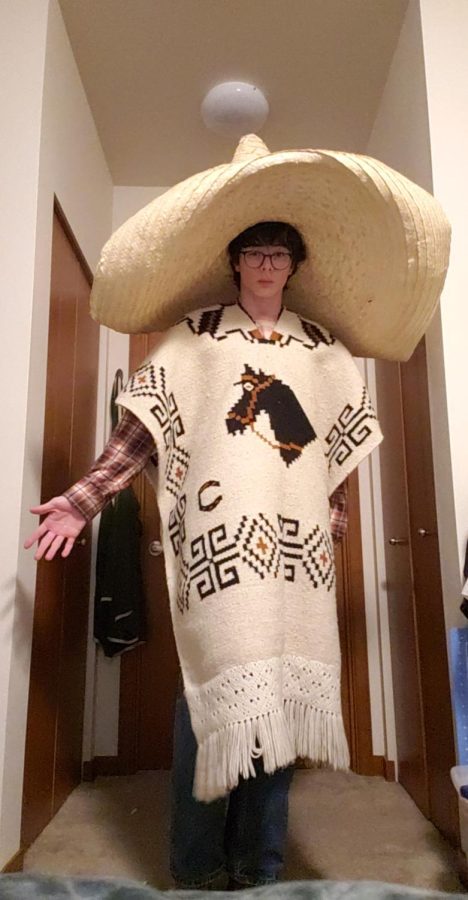
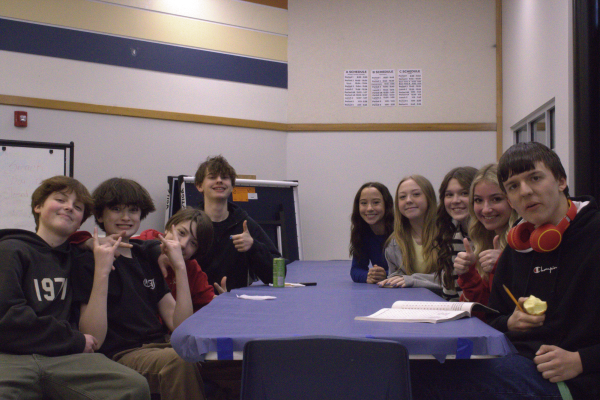
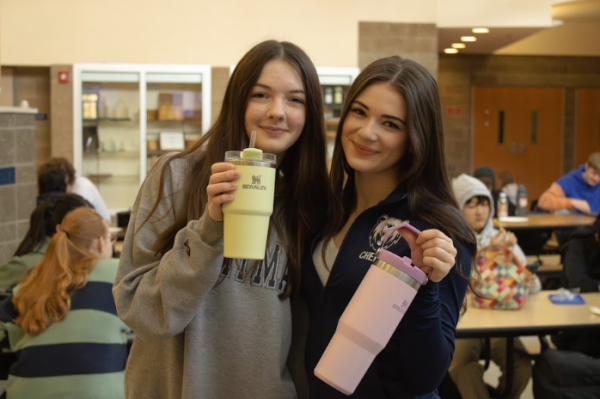

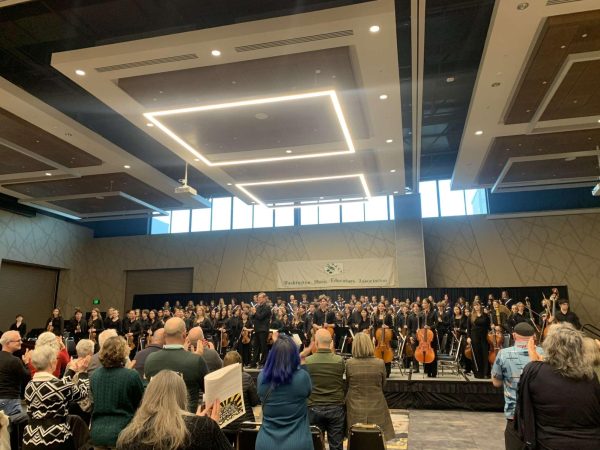


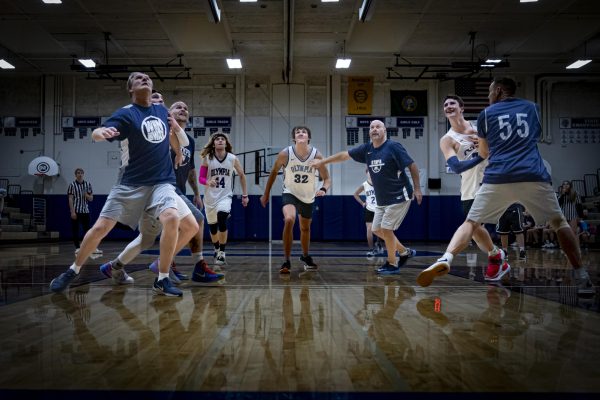
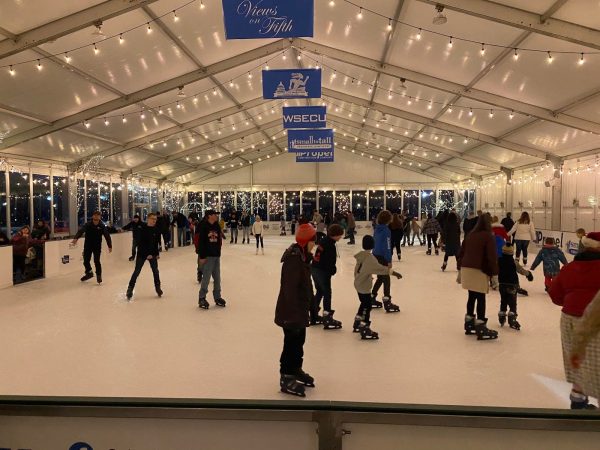

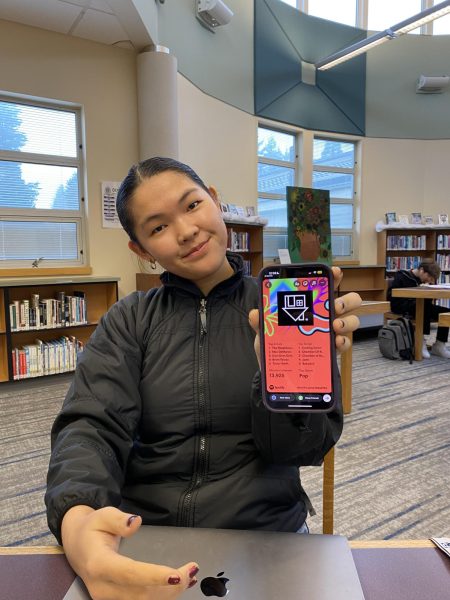
Logan Smith – Nov 28, 2022 at 4:23 pm
I think its important to look at the background of said student, and also if kids didn’t have an issue with it, and teachers didn’t have an issue with it than why did Grant have to resort to policy, even though (a) people didn’t have an issue with it, and (b) its part of his culture. Grant said “cases of cultural appropriation would usually fall under hostile environment regulations.” But how is it creating a hostile environment if people were okay with it and it was part of Lopez’s culture. Personally, judgeing by the information given in the article and from my own experiences, the only people that were bothered by it are Grant and Cornelius.